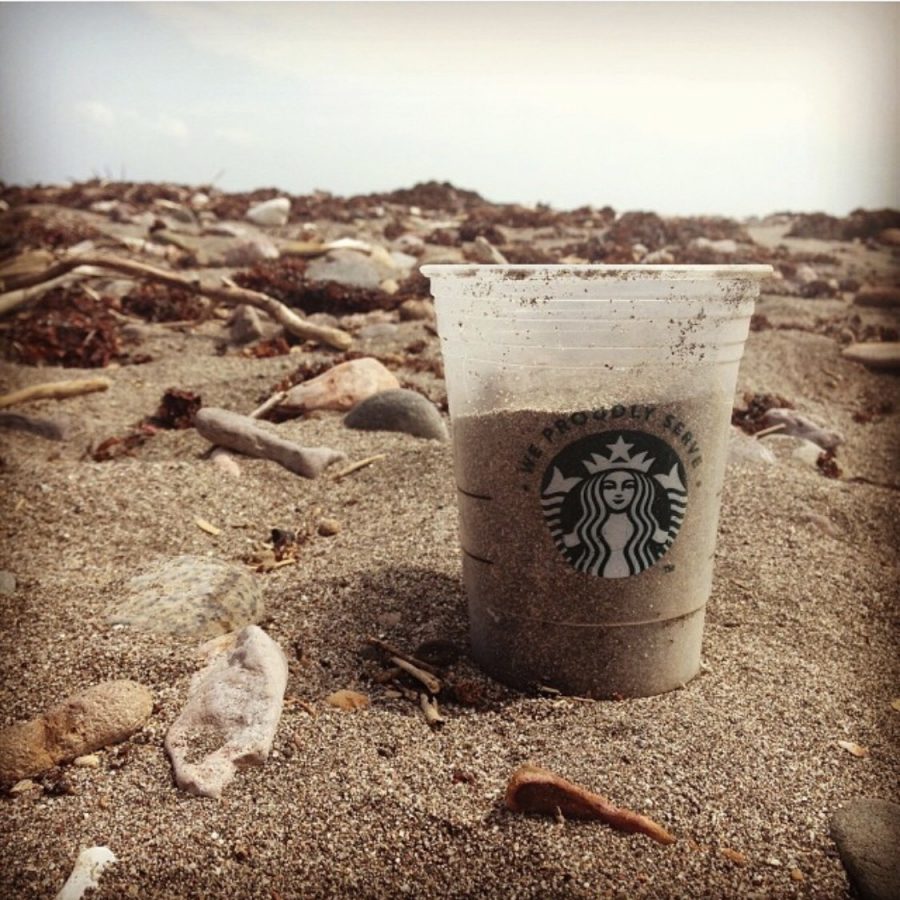In an effort to play a responsible role in society, I carry around a reusable water bottle. As I was trying to think of ways to convey the importance of abstaining from single-use plastic water bottles, I concluded: it’s the easiest way I can make a global difference. I drink water everyday, so I have the choice of adding to an existing problem or to help be a solution. As more research reveals the implications of a growing pollution epidemic, we need to pay closer attention to it. I have thought at times, “There is no way that I alone can make a change or difference,” but I’ve learned this is the wrong approach when dealing with big issues. I am the person who can make a difference and it starts with accountability for my own actions.
“The largest clean up in history” is the first thing that reads on the The Ocean Cleanup website. “Over five trillion pieces of plastic currently litter the oceans,” they elaborated on the issue they are trying to solve. This company has designed technology that aims to clean up the Great Pacific Garbage Patch (GPGP), which they describe as the largest of five garbage patches currently in the world’s oceans. The GPGP is located off the coast of California. The company includes “closing the source” of this issue to their cause, in other words: finding ways to stop throwing away single use plastic items.


Global environmental issues are subjected to high debate and scrutiny depending on where you live in the world. However, as new studies become available through publications we can assess the overall impact of a decision like using single-use plastic bottles. Should I carry a reusable water bottle, or do I discard several single-use plastic bottles throughout the day? I choose to carry a reusable water bottle to play a role in “closing the source.”
My decision was made when I came across a single-use plastic item on a beach in Africa. I purchased a Nalgene reusable bottle the very next day. I’ve only had to replace that bottle twice over five years. If instead I had consumed three bottles of water everyday by comparison, I would have added roughly 5,475 items to the problem. If that doesn’t convince you, then how does saving $876 over that same period sound? H-E-B sells a 24-pack of Ozarka Natural Spring Water for roughly $4, or 16 cents per bottle, you can do the math on how much money you can save by making an initial purchase of $10 to $20.
UTSA and other businesses are making it easy to access clean water as well. With bottle-fill-systems now co-located with water fountains all over campus, clean water is always available. They even have a display that shows how many single-use plastic bottles are being saved when you fill your own bottle. If you have ever wondered how you can make an impact at your school, in your community or ever for the world, then reusable water bottles provide an easy solution. I encourage everyone to consider the use of a reusable water bottle because in the long run it will save you money and will help save the planet.













